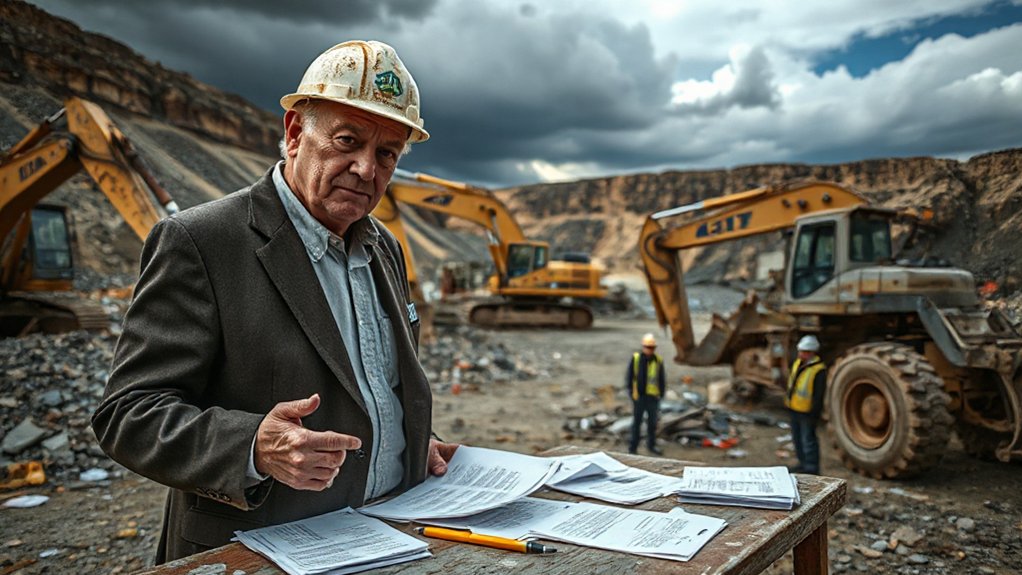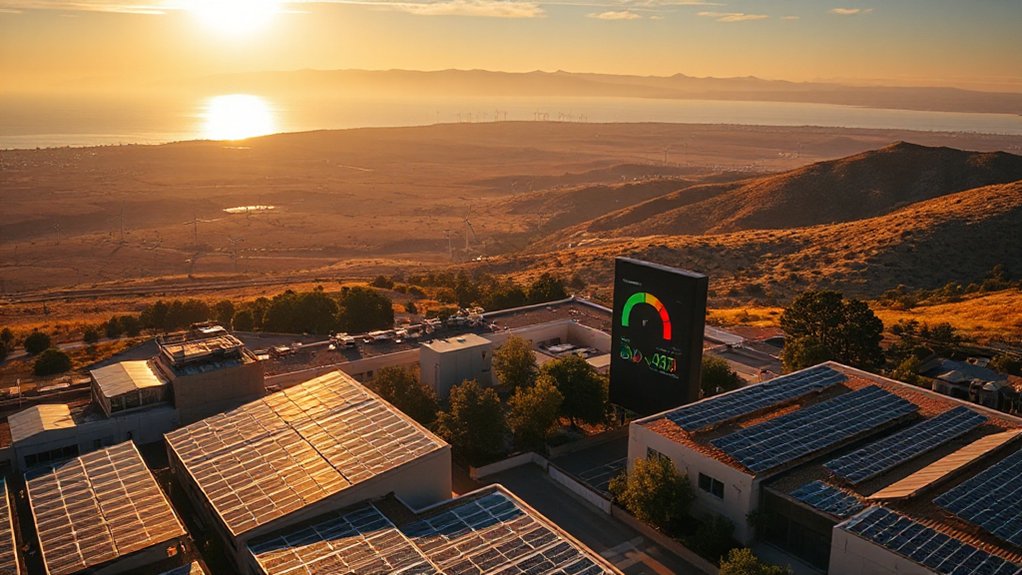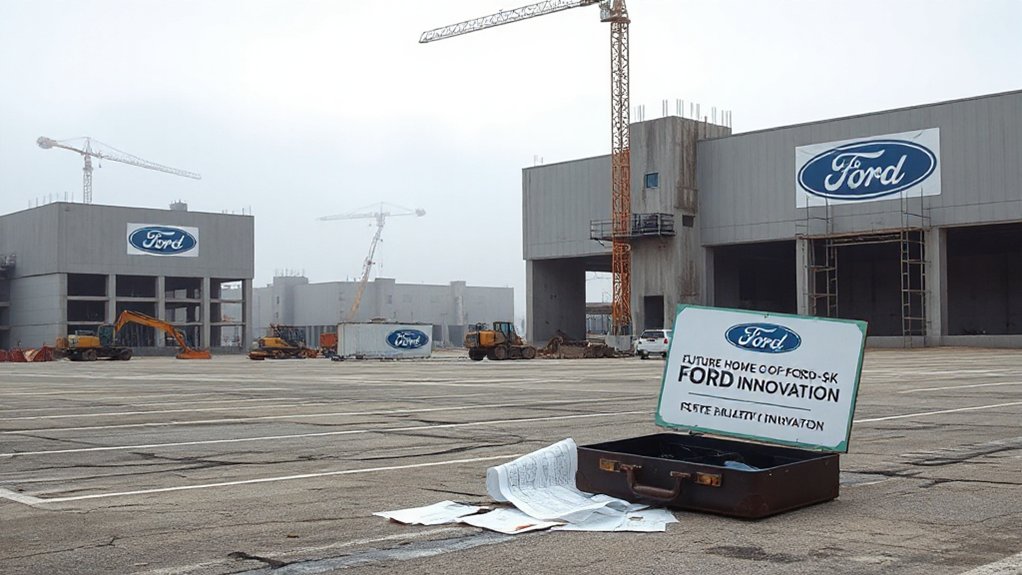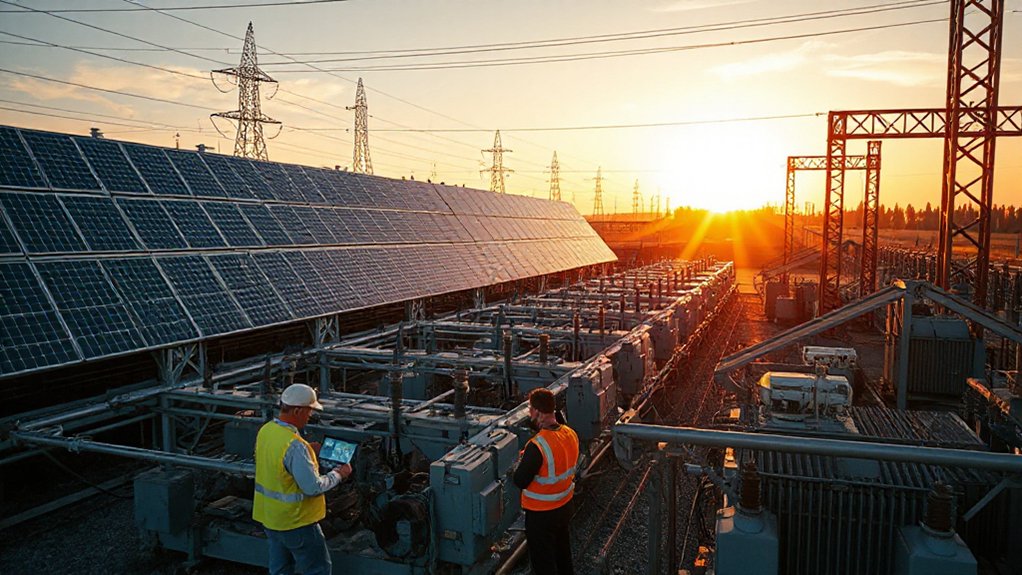While global leaders debate climate policies in air-conditioned conference rooms, mining companies are drowning in paperwork. Former mining executives are speaking out against what they call “regulatory chaos” plaguing the industry. And honestly, who can blame them? Between 2020 and 2022, over 100 new policies were enacted globally to enhance minerals supply security. That’s a policy every 10 days. Ridiculous.
The industry now faces a mind-boggling array of regulations covering everything from environmental protection to indigenous rights. New standards like the EU Deforestation Regulation and the Corporate Sustainability Due Diligence Directive are piling on top of already complex compliance requirements.
Mining companies aren’t just digging for minerals anymore—they’re excavating through mountains of red tape. Environmental Impact Assessments have become particularly burdensome. Companies must complete detailed EIAs before getting project approvals, plus ongoing monitoring and rehabilitation plans. Great for the planet? Sure. Great for getting anything done? Not so much.
Miners now spend as much time wrestling paperwork as they do extracting minerals from the earth.
Project lead times are stretching longer and longer, driving up costs and operational challenges. Meanwhile, the world still needs raw materials. The same politicians demanding stricter mining regulations are simultaneously calling for more minerals to build electric vehicles and renewable energy infrastructure. Talk about mixed messages.
Energy crises aren’t helping either, especially in places like South Africa. Try running a mine when the power keeps cutting out. Companies are scrambling to adopt electrification and renewable energy solutions while battling workforce shortages and increasing capital intensity for new projects. The transition toward clean energy sources could help mitigate these energy security concerns while supporting global emissions reduction goals.
ESG requirements continue to tighten as civil society groups press for higher standards. The industry faces constant scrutiny from regulators, investors, and environmental activists. They’re expected to combat climate change, protect biodiversity, and guarantee indigenous rights—all while turning a profit.
Former mining chiefs argue that more coordination and less contradiction in regulations would benefit everyone. The industry supports sustainable development goals but needs regulatory stability to operate effectively. The current system? It’s less regulation and more regulatory obstacle course. By 2025, these challenges will intensify with tighter ESG compliance requirements coming into force for both upstream operators and downstream buyers. Overlapping requirements create significant challenges as mining companies struggle to navigate conflicts between federal, regional, and local rules that often contradict each other.
References
- https://farmonaut.com/mining/regulatory-compliance-in-mining-7-key-2025-strategies
- https://www.controlrisks.com/our-thinking/insights/ten-global-issues-to-shape-mining-and-metals-markets-in-2025
- https://www.saimm.co.za/press-releases/1244-the-mining-industry-in-2025-challenges-innovation-and-the-road-ahead
- https://www.weforum.org/stories/2025/01/mining-innovation-resource-stewardship-global-progress/
- https://www.ganintegrity.com/resources/blog/navigating-global-esg-challenges-in-the-mining-industry/
- https://www.ey.com/en_gl/insights/energy-resources/risks-opportunities
- https://www.pwc.com/gx/en/industries/energy-utilities-resources/publications/mine.html
- https://cmicglobal.com/resources/article/new-developments-in-the-mining-industry-in-2025
- https://www.azomining.com/Article.aspx?ArticleID=1853






